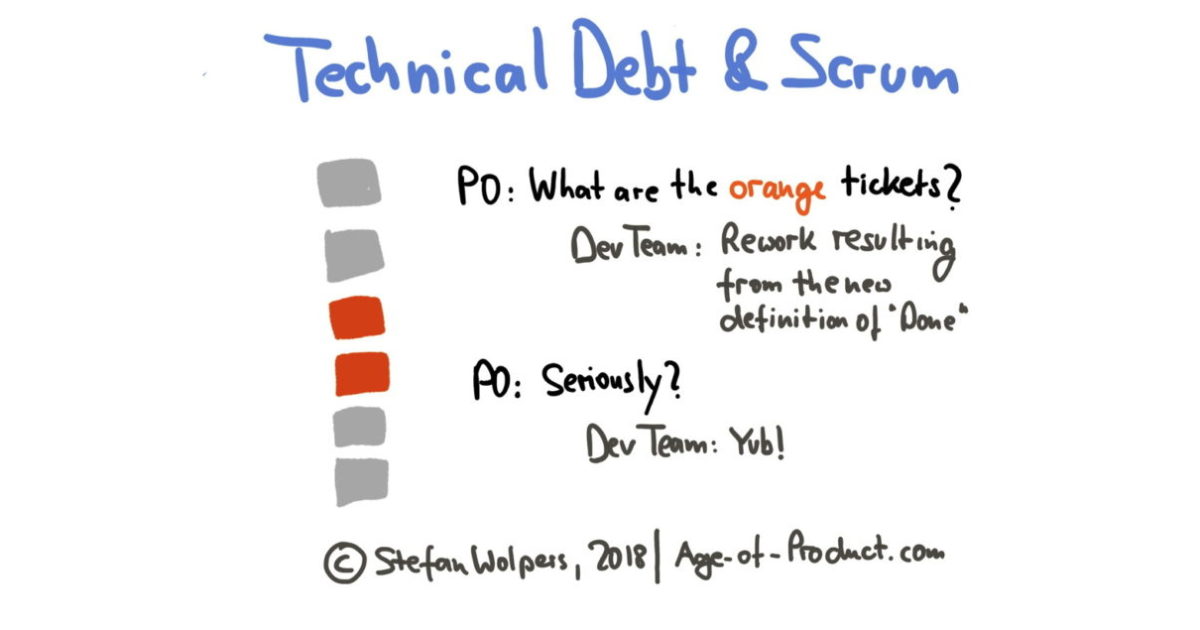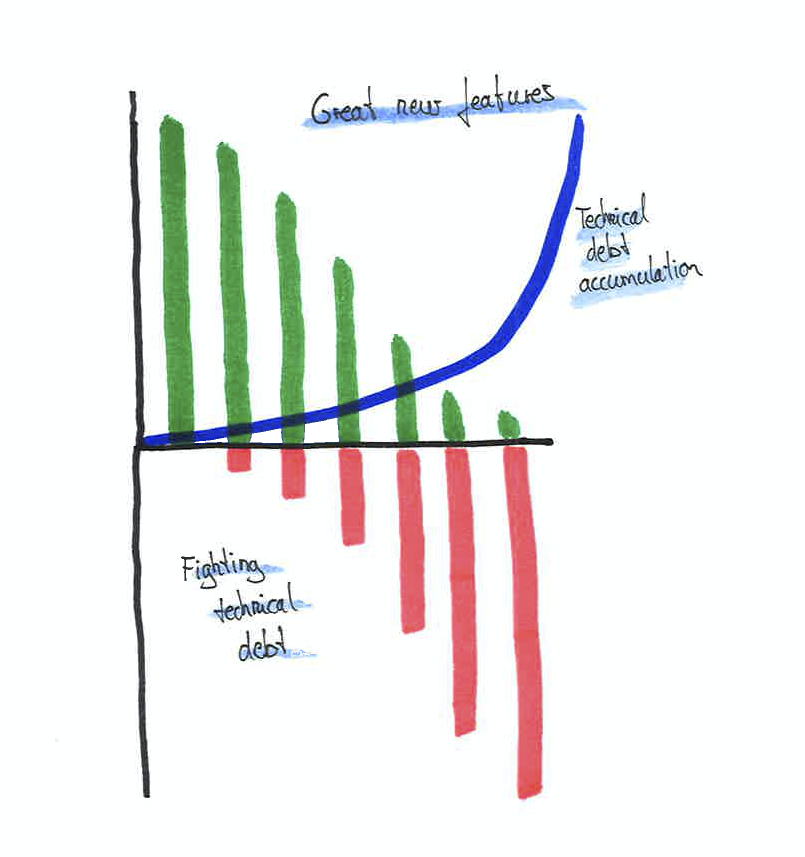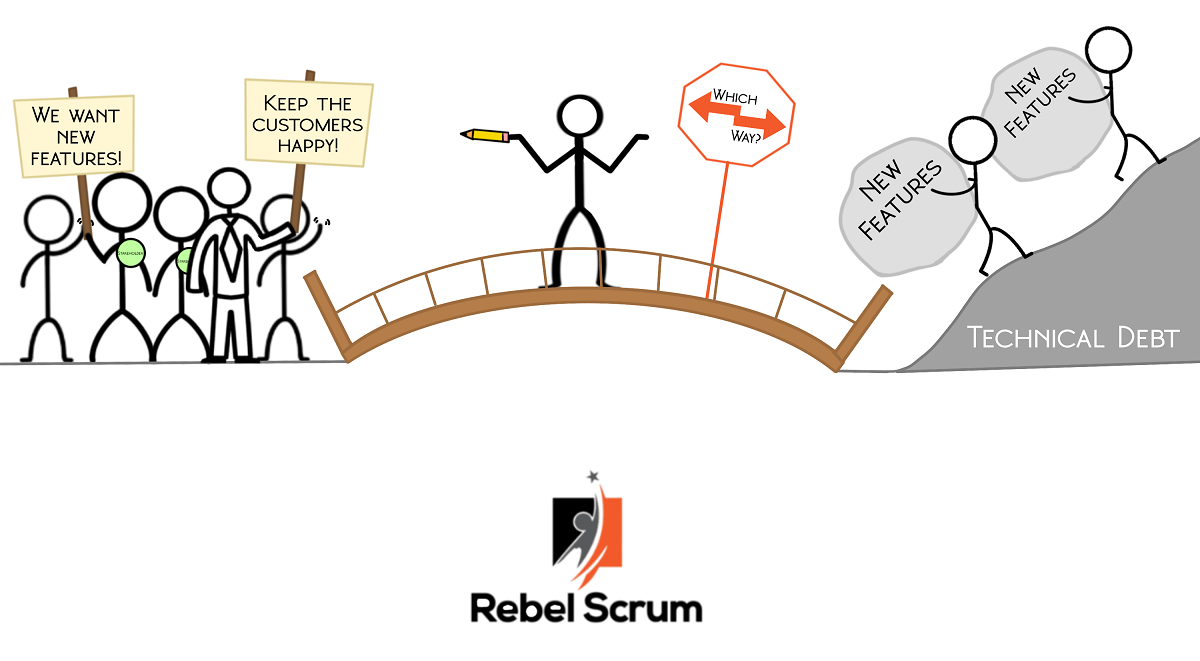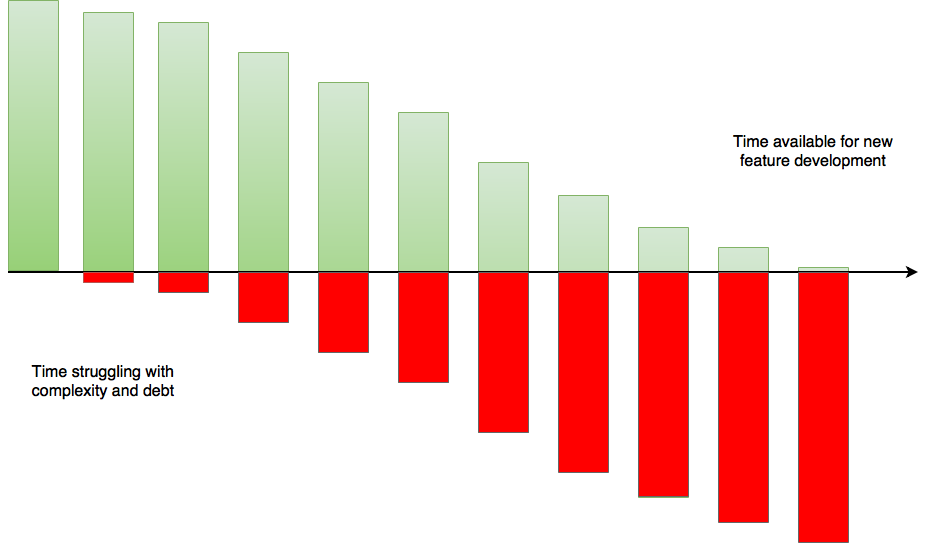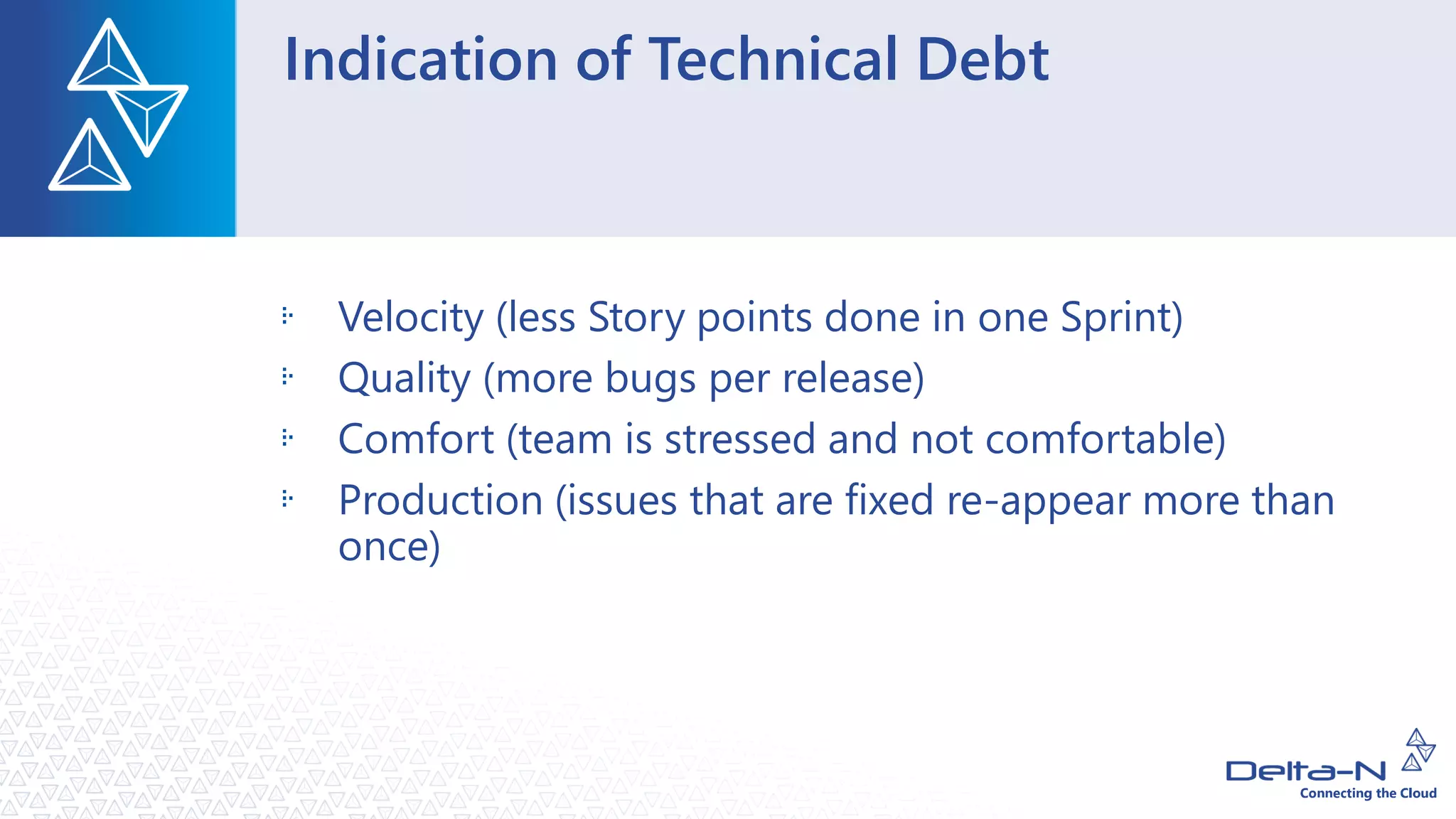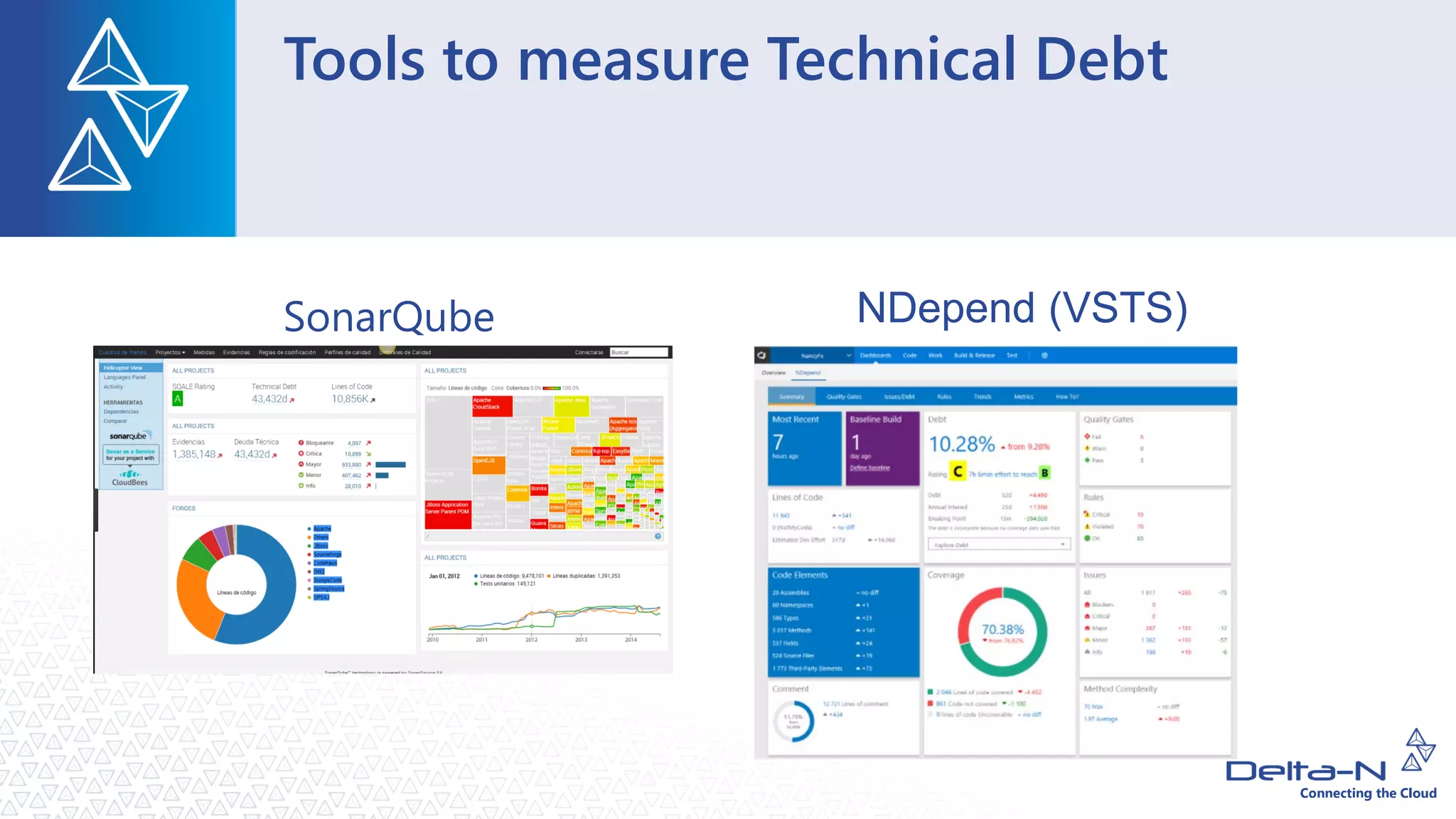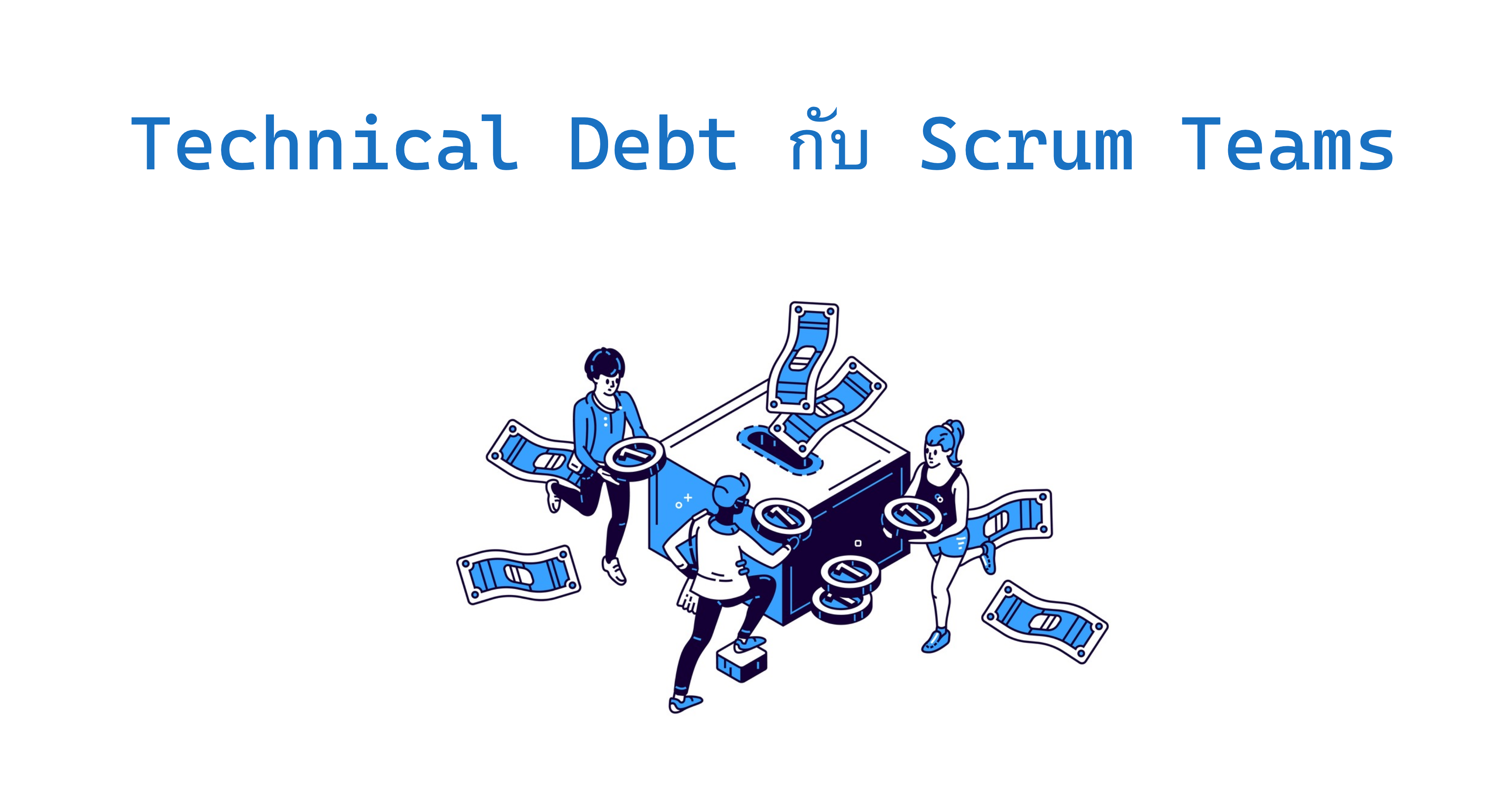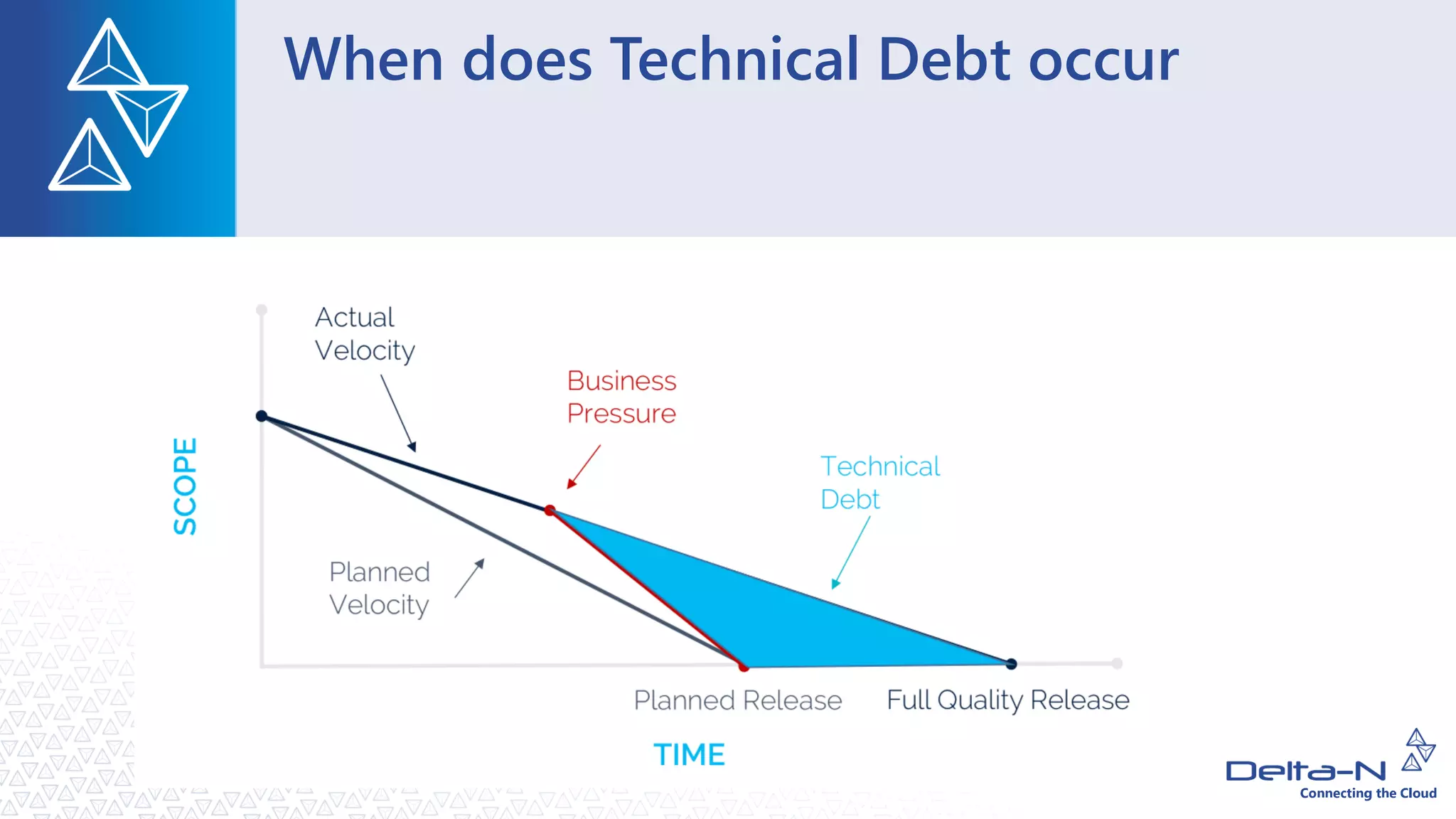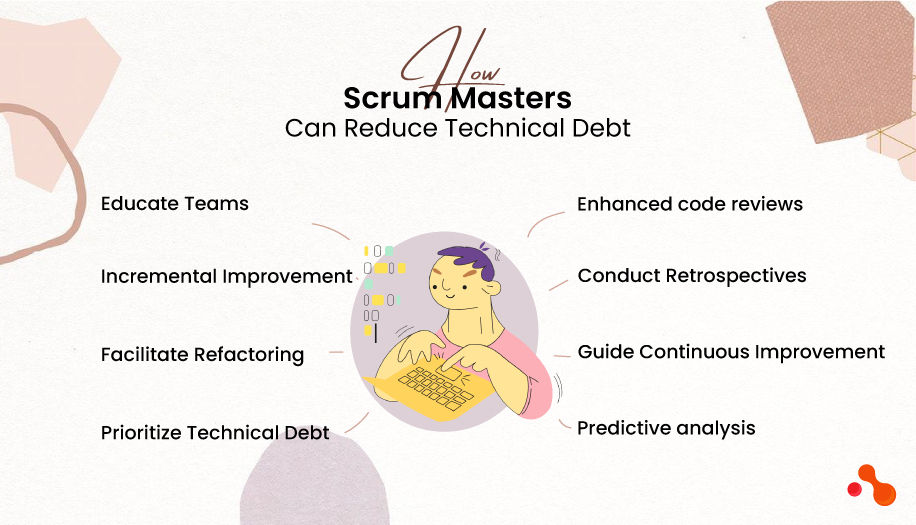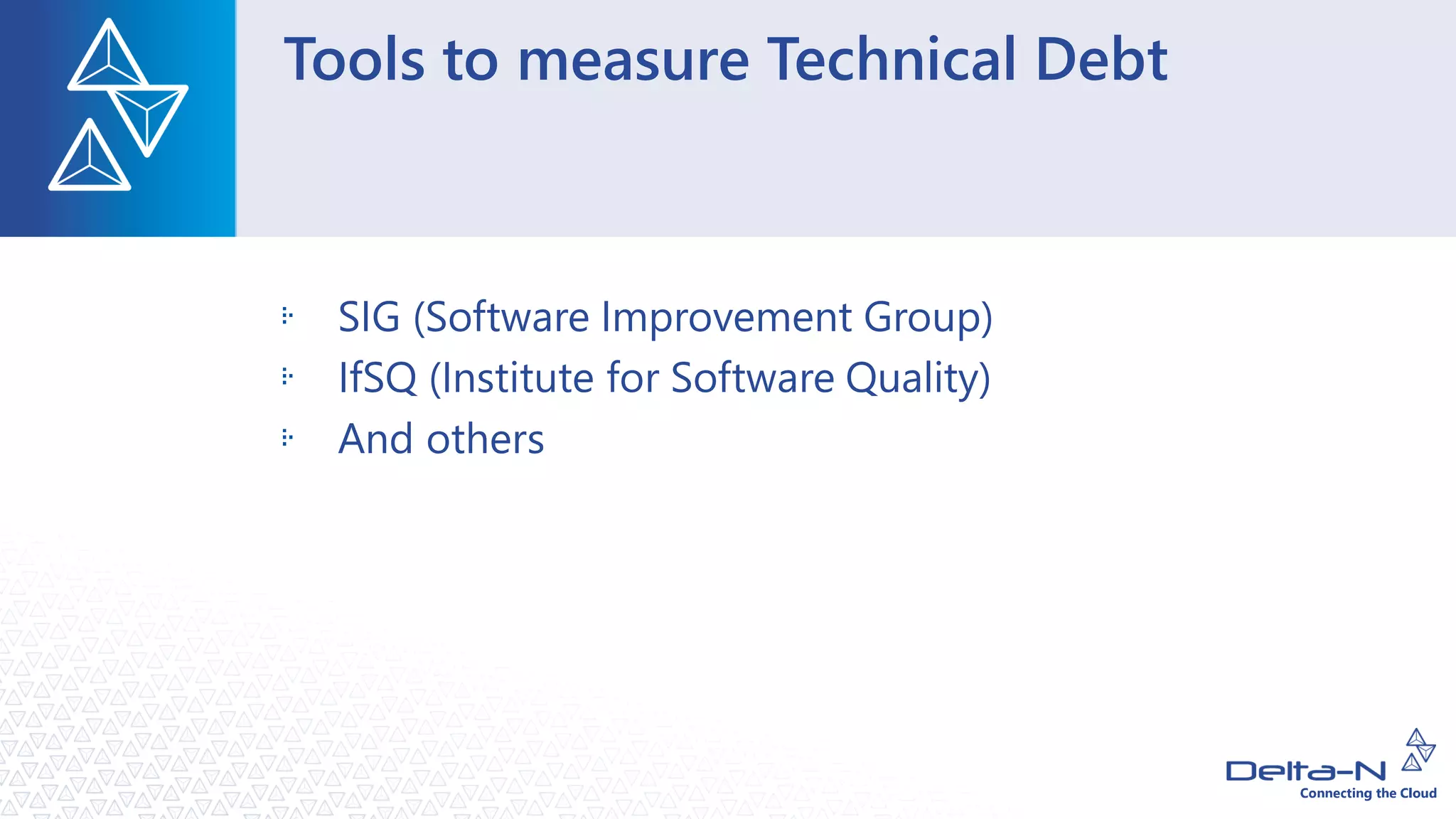Scrum Technical Debt Impacts Transparency

The agile world, known for its iterative progress and transparent workflows, is facing a growing challenge: technical debt within Scrum frameworks. This debt, often accumulated during rapid development cycles, is now impacting the very transparency that Scrum aims to foster, creating unforeseen obstacles for teams and stakeholders alike.
This article explores how the accumulation of technical debt undermines the intended visibility of progress, impedes communication, and ultimately affects the overall success of Scrum projects. We will examine the causes, consequences, and potential solutions to this growing problem, drawing on industry insights and expert opinions.
The Hidden Cost of Speed
Scrum, a popular agile methodology, emphasizes short sprints and frequent delivery. However, the pressure to deliver quickly can lead to shortcuts and compromises in code quality. This results in technical debt – the implied cost of rework caused by choosing an easy (limited) solution now instead of using a better approach which would take longer.
According to a recent study by CAST Research Labs, organizations using agile methodologies often underestimate the long-term impact of technical debt. They found that projects with high technical debt experienced significant delays and increased maintenance costs.
Transparency Under Threat
One of Scrum's core principles is transparency, achieved through daily stand-ups, sprint reviews, and visible progress tracking. However, technical debt can obscure the true state of a project.
For example, a seemingly completed feature might be riddled with bugs or require extensive refactoring in the future. This hidden complexity isn't always apparent in the sprint backlog or burn-down charts, creating a false sense of progress and potentially misleading stakeholders.
"Technical debt acts like a fog,"
says Sarah Jones, a senior agile coach at Agile Transformation Inc. "It clouds the visibility of the project, making it difficult to assess the true cost and effort required to deliver value."
Impact on Communication
The lack of transparency caused by technical debt can also hinder communication within the Scrum team. Developers might be hesitant to admit that a feature is built on shaky foundations, fearing blame or criticism.
This reluctance to be open can lead to misunderstandings, missed deadlines, and ultimately, a decrease in team morale. When debt is not properly addressed, it impacts the Scrum Master's capacity to facilitate true, transparent reflection.
Addressing the Debt Crisis
Fortunately, there are steps that Scrum teams can take to mitigate the negative impact of technical debt. One crucial step is to make technical debt visible.
Teams can track technical debt items in their backlog, assigning them a priority and estimating the effort required to address them. This allows the product owner to make informed decisions about when and how to tackle the debt.
Another key strategy is to incorporate code reviews and automated testing into the development process. These practices can help identify and prevent the accumulation of technical debt in the first place.
Furthermore, allocating specific time during each sprint to address technical debt, sometimes referred to as a "refactoring sprint," can be beneficial. This shows stakeholders and team members alike that the issues are taken seriously.
A Call for Proactive Measures
The impact of technical debt on transparency in Scrum is a growing concern that requires proactive attention. By acknowledging the problem, implementing transparent tracking mechanisms, and prioritizing code quality, Scrum teams can maintain visibility and deliver sustainable value.
Failing to address this issue will not only undermine the benefits of Scrum but also lead to increased costs, delays, and ultimately, dissatisfied stakeholders. The time to act is now, before the fog of technical debt completely obscures the path to success.

